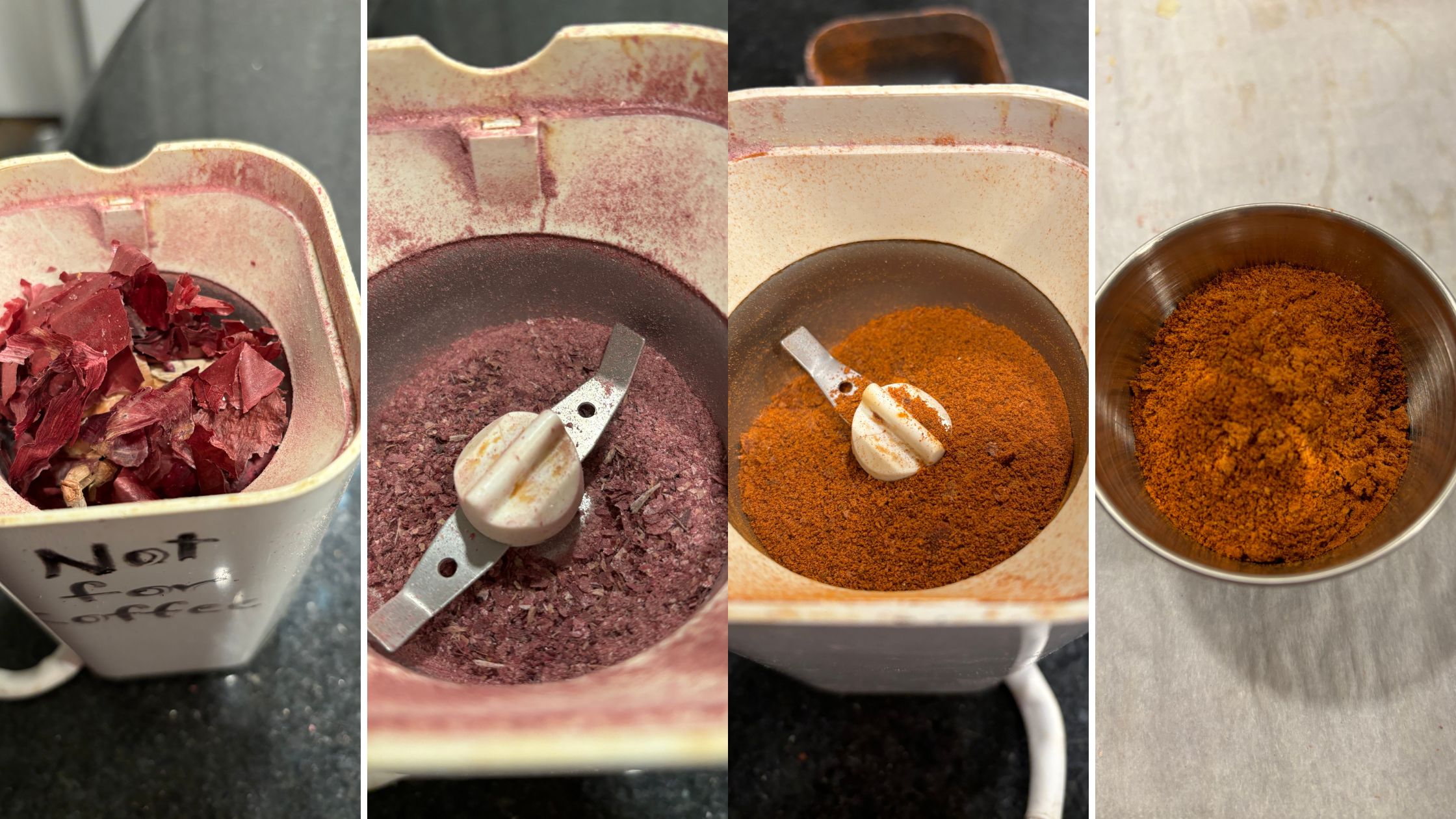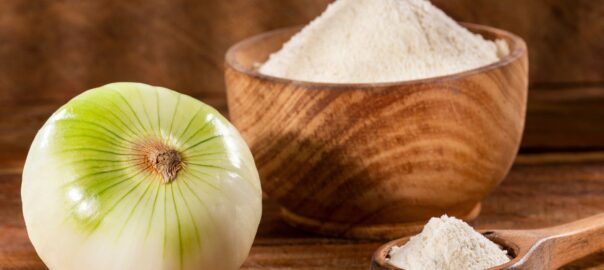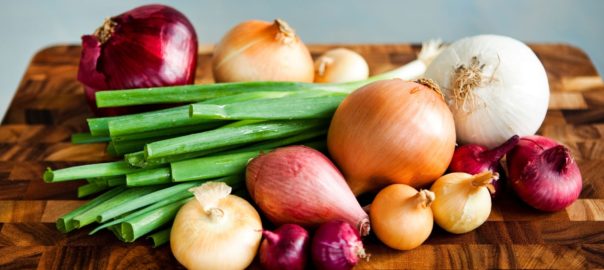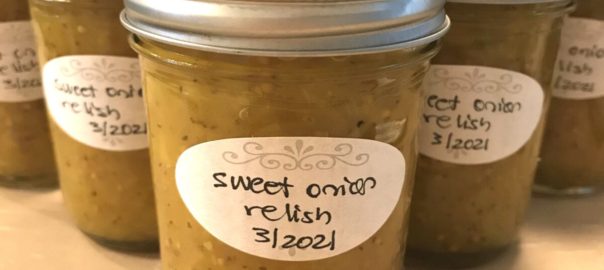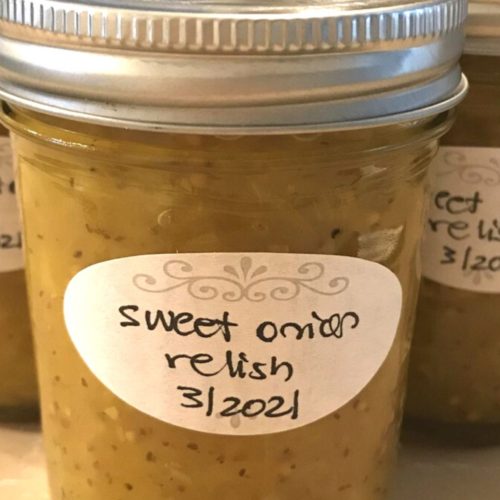You may be overwhelmed at the grocery store sometimes wondering why there are so many different kinds of onions. If you’re like most people you probably gravitate towards yellow onions and use them for everything.
Health Benefits
Onions are part of the (italicize) allium (end-italics) genus. They’re not only delicious, they provide a wide range of nutrients including biotin, copper, vitamin B6, and vitamin C. They also provide fiber and a number of phytonutrients. All of which combine to make onions a great choice for health.
In addition to their anti-inflammatory, anti-bacterial properties, onions have also been shown to be useful for reducing cholesterol, lowering triglycerides and they can be supportive for lowering blood pressure.
Eating onions has also been shown to reduce the risk for certain kinds of cancers such as stomach and colorectal. Other studies have indicated onions have properties which can inhibit the growth of tumors.
If that weren’t enough, it turns out this nutritional powerhouse vegetable can also help support proper blood sugar levels. All of which makes this vegetable a really good choice to add to your diet. But which onion should you choose?
The Best Onion for the Dish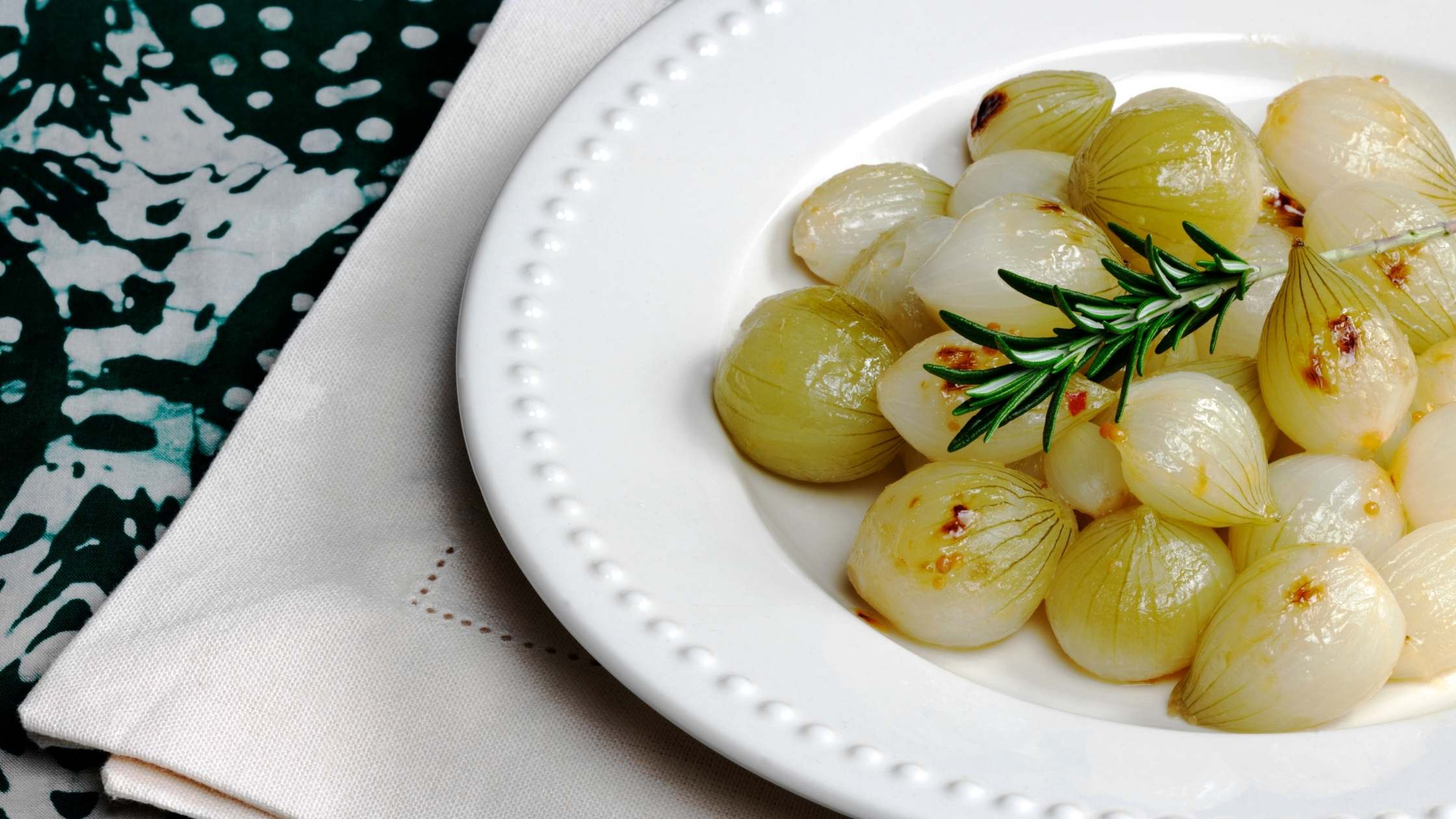
- Sweet onions are good for frying and roasting
- White onions have the sharpest flavor and can be very crunchy. They are a wonderful choice for making chutney or salsa. They’re also great n stir-frys
- Yellow onions are good all-purpose onions. These are a great choice for soups, stews, sauces. They pair well with meat dishes
- Shallots have a very mild flavor. They are lovely as a garnish, for vinaigrettes. They’re also a good choice for egg dishes or other mild flavored dishes
- Red onions are simply delicious when eaten raw. Wonderful for pickling, in guacamole, on sandwiches, they are also delicious in salads
- Leeks have a very mild flavor. These are good for soups, creamy sauces, or roasting with other veggies
- Scallions are another very mild onion which are also delicious raw. They’re very good when a sprinkled on other dishes and can be a good choice in dressings
- Pearl onions are another sweet onion which is small. Fabulous for roasting, braising, or pickling they’re a versatile onion
Storing Onions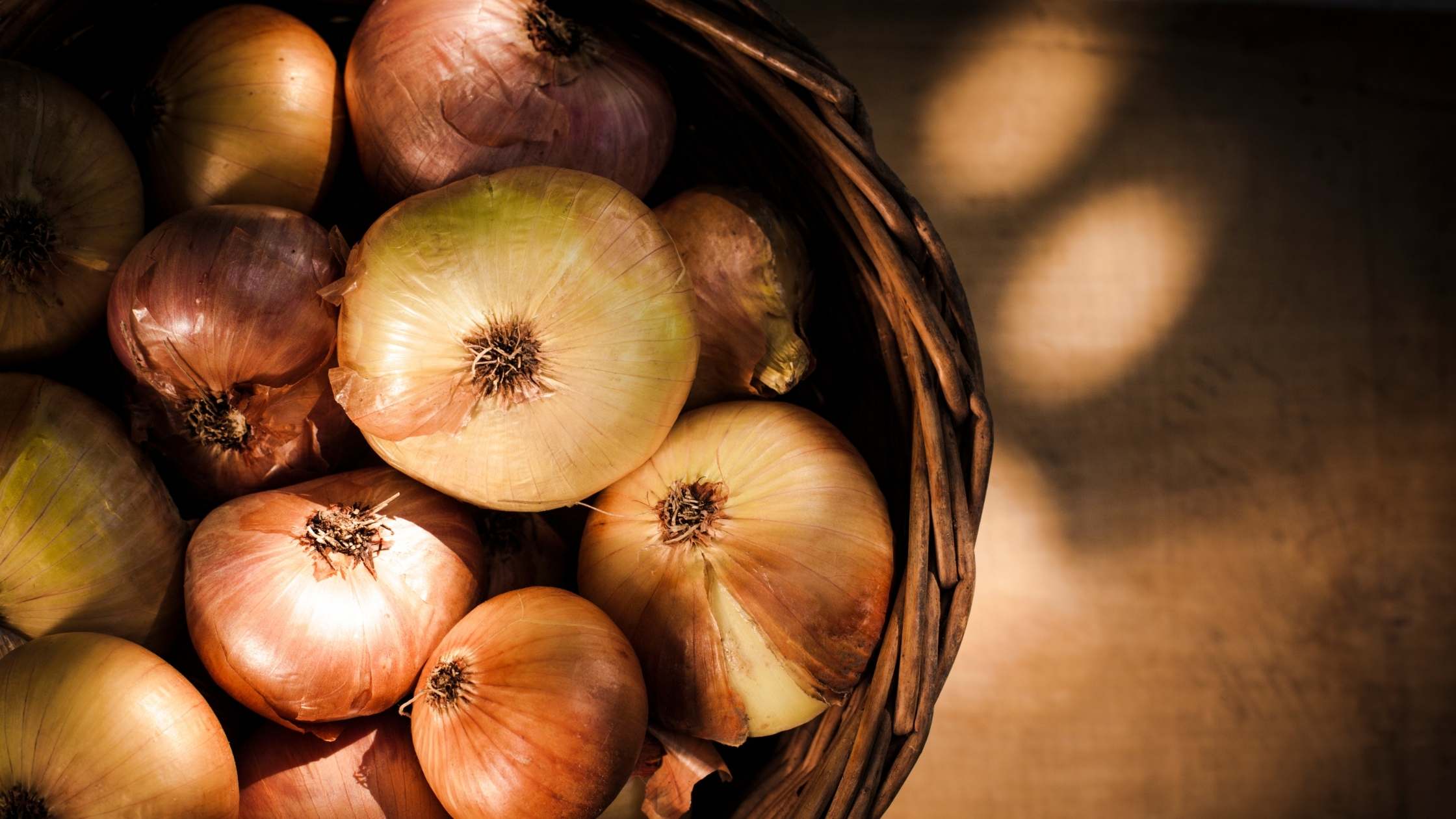
Yellow onions are a really good all-purpose onion. But onions have a lot of personality. You can really punch up the flavor in your dishes when you choose and use different kinds of onions.
When it comes to storing them, most onions do best when stored in a cool, darker, well-ventilated space. Ideally, they should be stored either in a mesh bag or in an open container, not in plastic. This is so the air can circulate. Onions should be able to keep for approximately a month when stored this way.
Green onions such as leeks and scallions need to be stored in the refrigerator. They do best if they are wrapped so that they don’t dehydrate too quickly.
Once they have been cut all onions should be stored in the refrigerator. They’ll last for about a week.
Long-Term Storage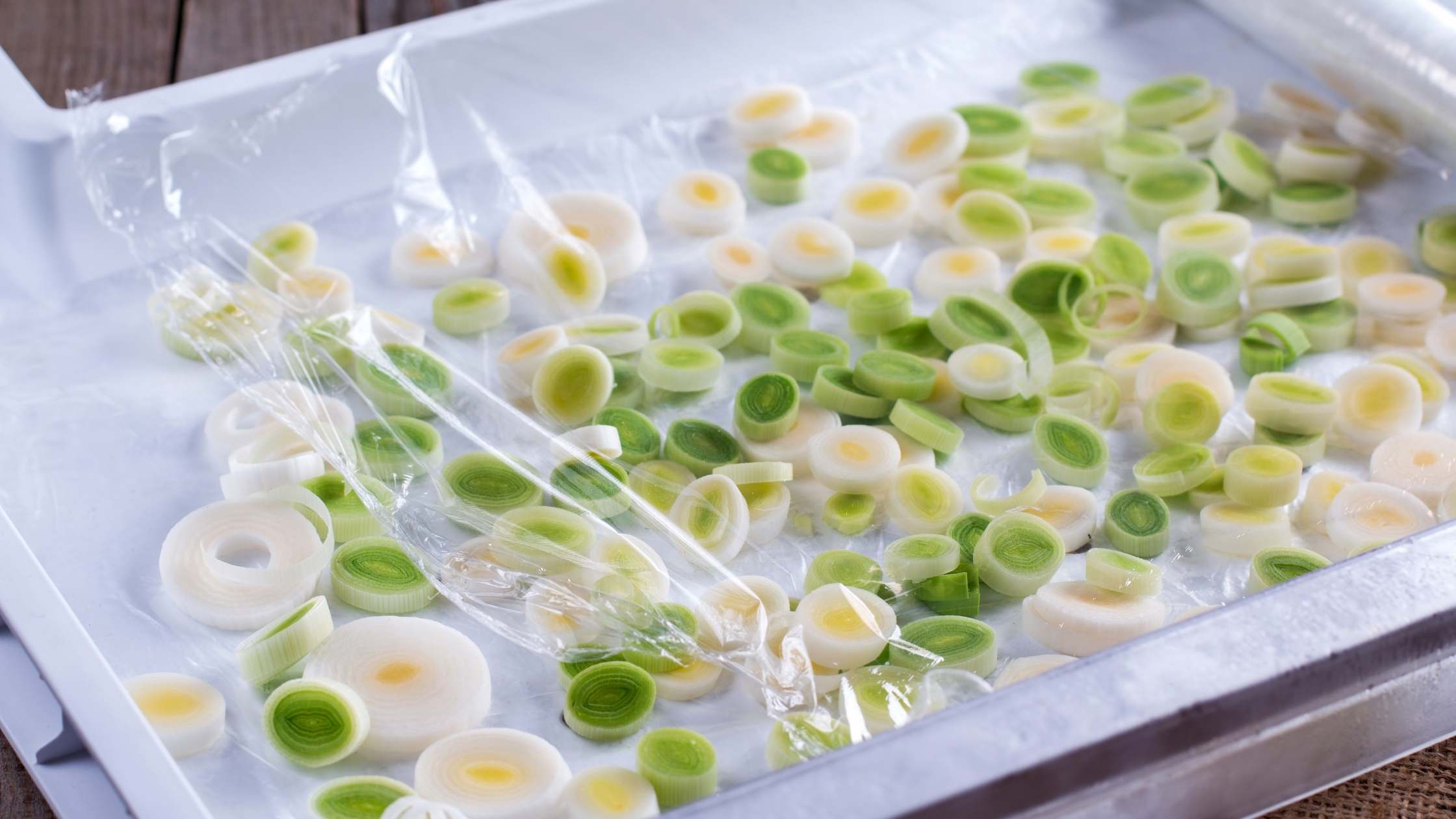
If you have an excessive amount of onions you can prepare them for long-term storage by either cooking them and then freezing, pickling, or preserving in someway, or slicing and dehydrating.
When to Avoid Onions
It kind of goes without saying, but if you are allergic to or sensitive to onions you should not eat them. If you do some food journaling and noticed that every time you eat onions (or garlic) that you have bloating, increased flatulence, or a change in bowel habits, it’s a good idea to avoid onions.
However, there are other times when you should not eat onions as well:
- If you need to avoid FODMAP vegetables
- When you are dealing with bacterial overgrowth in the gut
- For anyone who needs to avoid sulfur-rich foods
No matter which onion is your favorite, be sure to use them all for variety and to take advantage of their nutritional support.
[expand title="Sources"]
Brüll, Verena et al. Effects Of A Quercetin-Rich Onion Skin Extract On 24 H Ambulatory Blood Pressure And Endothelial Function In Overweight-To-Obese Patients With (Pre-)Hypertension: A Randomised Double-Blinded Placebo-Controlled Cross-Over Trial. 2021.
Ebrahimi-Mamaghani, Mehranghiz et al. Effects Of Raw Red Onion Consumption On Metabolic Features In Overweight Or Obese Women With Polycystic Ovary Syndrome: A Randomized Controlled Clinical Trial. 2021.
Vazquez-Prieto, Marcela Alejandra et al. Garlic And Onion Attenuates Vascular Inflammation And Oxidative Stress In Fructose-Fed Rats. 2021.
Turati, Federica et al. Allium Vegetable Intake And Gastric Cancer: A Case-Control Study And Meta-Analysis. 2021.
Turati, Federica et al. Colorectal Cancer And Adenomatous Polyps In Relation To Allium Vegetables Intake: A Meta-Analysis Of Observational Studies. 2021.
Hashemzaei, Mahmoud et al. Anticancer And Apoptosis-Inducing Effects Of Quercetin In Vitro And In Vivo. 2021.
Wang, Junjian, and Shangxiang Huang. Fisetin Inhibits The Growth And Migration In The A549 Human Lung Cancer Cell Line Via The ERK1/2 Pathway. 2021.
Eldin, Imad M. Taj et al. Preliminary Study Of The Clinical Hypoglycemic Effects Of Allium Cepa (Red Onion) In Type 1 And Type 2 Diabetic Patients. 2021.
Sharma, Kavita et al. Systematic Study On Active Compounds As Antibacterial And Antibiofilm Agent In Aging Onions. 2021.
Markowiak, Paulina, and Katarzyna Śliżewska. Effects Of Probiotics, Prebiotics, And Synbiotics On Human Health. 2021.
[/expand]
